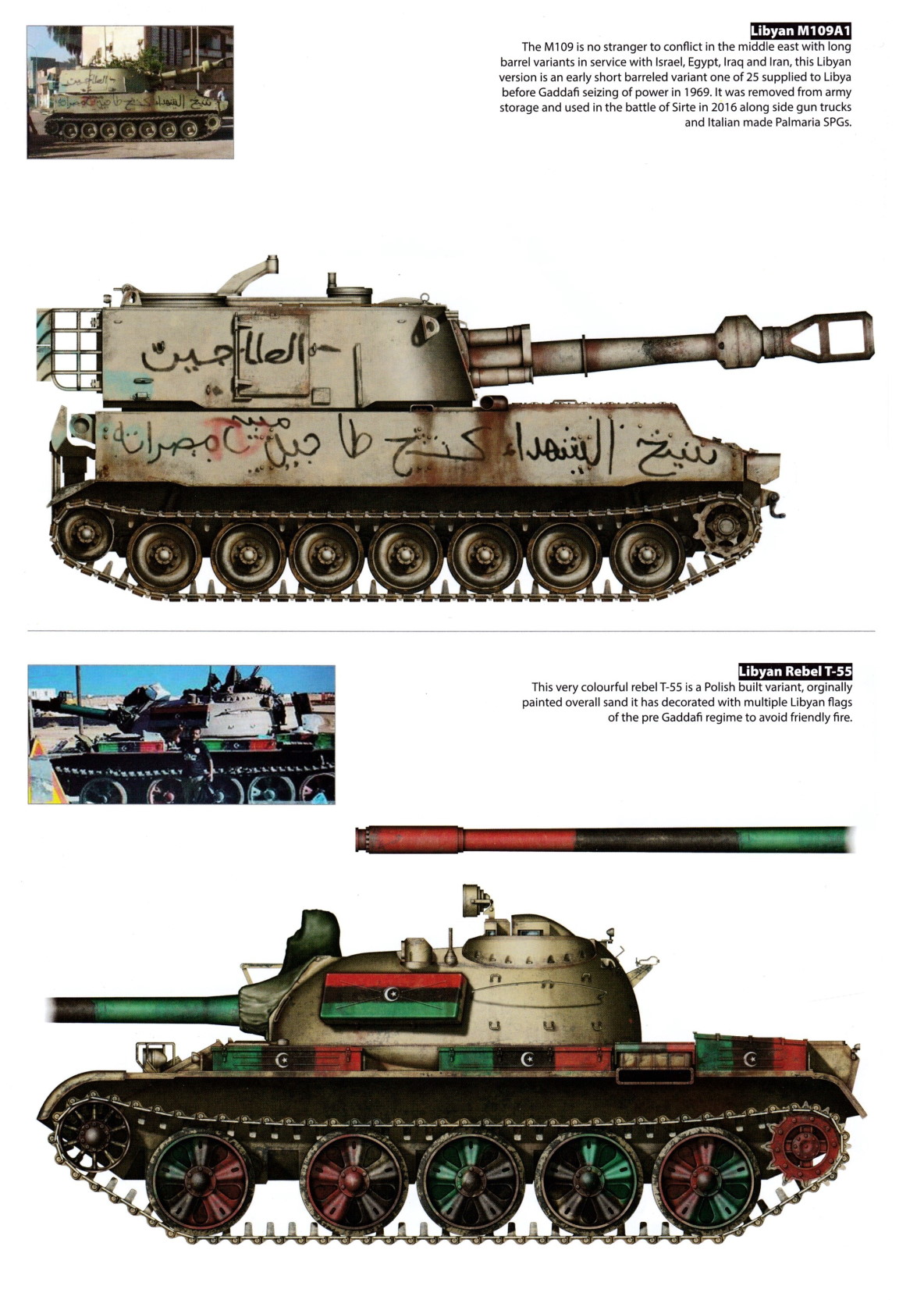
To get a grasp on the recent history of Libya and its various conflicting groups one must go back to the military coup of 1969. In this year little known Colonel Muammar al-Gaddafi took power and began the transformation of Libya into Islamic Socialist state or his version of it. While he implemented housing, health care and educational programmes at home his erratic approach to foreign policy quickly led to conflict with neighbouring Egypt in the 1977 border war and a series of unsuccessful campaigns in fellow neighbouring Chad throughout the 1980s. Small detachments of Libyan troops were also sent to try help ldi Amin during the successful Tanzanian invasion of Uganda in 1979. Gaddafi longed for international recognition and in a sense wanted to become a figure head of a global anti-imperialist movement buying favour and donating arms throughout the middle east and Africa. His arms shipments to the Irish Republican Army in the late 80s and other guerilla groups around the world are well documented. The US conducted a series of air-raids in 1986 in response to Libyan night club bombing in West Berlin in the same year. Other out rages would follow over the years the worst being the Lockerbie bombings which destroyed Pan-Am flight 103 over Scotland. Libya became further isolated but could obtain arms form various nations. While Gaddafi stock piled millions of dollars worth of Tanks, APCs, SPGS and fighter aircraft from Russia, Europe, Brazil and North Korea he lacked the personnel to use it properly . Gaddafi was never really in a position to be a conventional threat in the region. With the Arab spring revolution came to many North African states, in Libya the uprising started in Benghazi in February 2011 . These protests were put down by the army with 290 shot, but only spread to other cities such as Misrata, Al-Bayda and Tobruk soon these towns were firmly in rebel hands. NATO air strikes quickly turned the tide against Gaddafi’s armoured forces destroying Libyan T-72s and Palmaria SPGs on the move to Benghazi. The Libyan rebels took to their land cruisers and pick-ups with various light anti-aircraft guns and brought the war to the capital Tripoli ultimately capturing and killing Gaddafi who had been found hiding in a drainage pipe, a pitiful end for the once great dictator . Democracy did not break out in Libya however and various factions now tried to take power uniting only briefly to defeat ISIS in the city of Sirte in 2016. Since then Libya has been split between Egyptian backed Military strong man Field Marshal Hifter and the House of Representatives , the Government of National Accord led by Al-Sarraj and the General National Congress led by Al-Ghawil backed by hard line militias, not to mention Al Qaeda and ISIS remnants. Whatever the outcome of Libya struggle remains to be seen at this time, but the vast collection of pick ups, gun trucks, tanks and Mad Max vehicles will surely not remain idle for long.